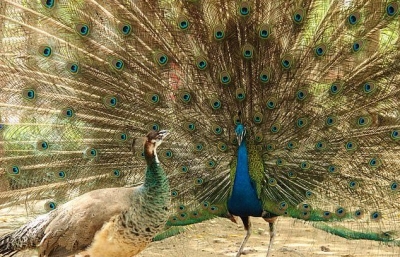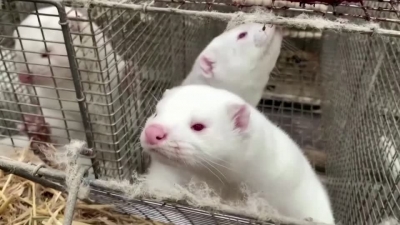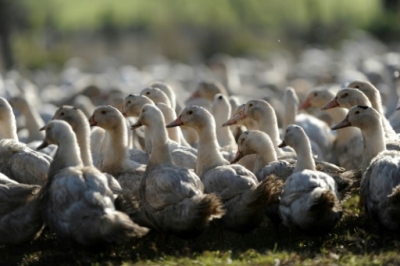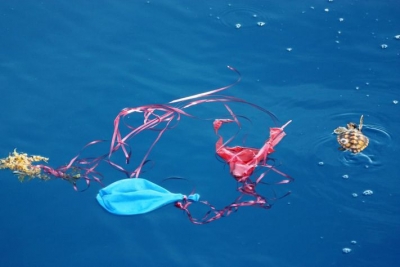Why is Chilika lake famous?
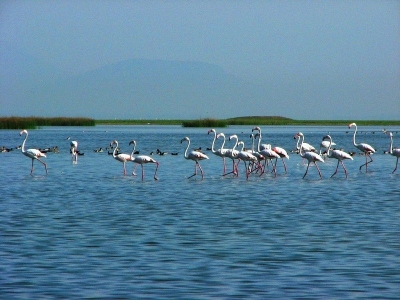
The largest brackish winter lagoon in Asia, the Chiluka Lake in Odisha spreads across more than 1,000 sq km comprises wide areas of manhes, lowlands and plenty of islands The fresh water from inland rivers and saline water from Bay of Bengal mix together to result in a unique ecosystem that supports rich biodiversity One of the largest wintering grounds in the country for migratory birds Chilika attracts tens of thousands of winged visitors even from as far as Mongolia and remote parts of Russia. The binds are ably supported by marine life marked by a variety of small fishes. The Chilika Lake comprises the chilika Bird Sanctuary and Nalbana Island also a bird sanctuary.
Wildlife
The birds one can spot in the region include ducks, geese, shelducks, pochards, flamingoes, grebes, doves, swifts, cuckoos, rails, crakes, storks, pelicans, bitterns, herons, egrets, ibises. cormorants, plovers, lapwings, jacanas, godwits, sandpipers, stints, snipes, redshanks, gulls, terms, vultures, kites, buzzards, eagles, owls. barbets, bee eaters, kingfishers, falcons, weavers. pipits, wagtails, larks, warblers, swallows. bulbuls, babblers, starlings and mynas, The area nurtures not just birds but also mammal species such as cheetal blackbuck mongoose and porcupines, and reptiles such as snakes, turtles and lizards. Some of the marine creatures found here are sharks, dolphins, stingrays, eels, herrings, anchovies, carbs. catfish, seahorses, mackerels, tunas and barracudas.
A million splendid birds!
The annual bird count held by the Chilika Wildlife Division early this year brought ecstatic news to bird lovers and conservationists. More than 11 lakh birds spanning as many as 184 species had arrived in Chilika. This is an increase from the previous years 10-lakh-odd birds from 183 species. Reports said that five rare great knot (a small wader) were sighted after a gap of five years in the region. The birds found hearty meals such as fish, prawns, frogs, snakes and molluscs in the open wetlands. The increase in bird numbers is said to be a reflection of a certain change in the lake. Previously, illegal prawn cultivation had taken up a part of the waterbody. This is believed to have ended after a high court order, resulting in more space for the birds.
The dolphin story
The Irrawaddy dolphin is an endangered species. And according to the report of a monitoring survey 2018, the Chilika lake emerged as the "single largest habitat of Irrawaddy dolphins in the world. The number of the dolphin population was estimated to be 155. Meanwhile, in May this year, media reports indicated that a research project undertaken the Indian Institute of Technology Madras helped in "tripling the population of the Irrawaddy dolphins". in addition to a seven-fold increase in the fish population at Chilika. The sand bars were widening and the position of the sea mouth was changing, leading to the gradual degradation of the lake and calling for an urgent need to save its ecosystem. The researchers developed a dredging methodology and performed it with minimum impact on the ecosystem", to successful and happy results.
Picture Credit : Google
